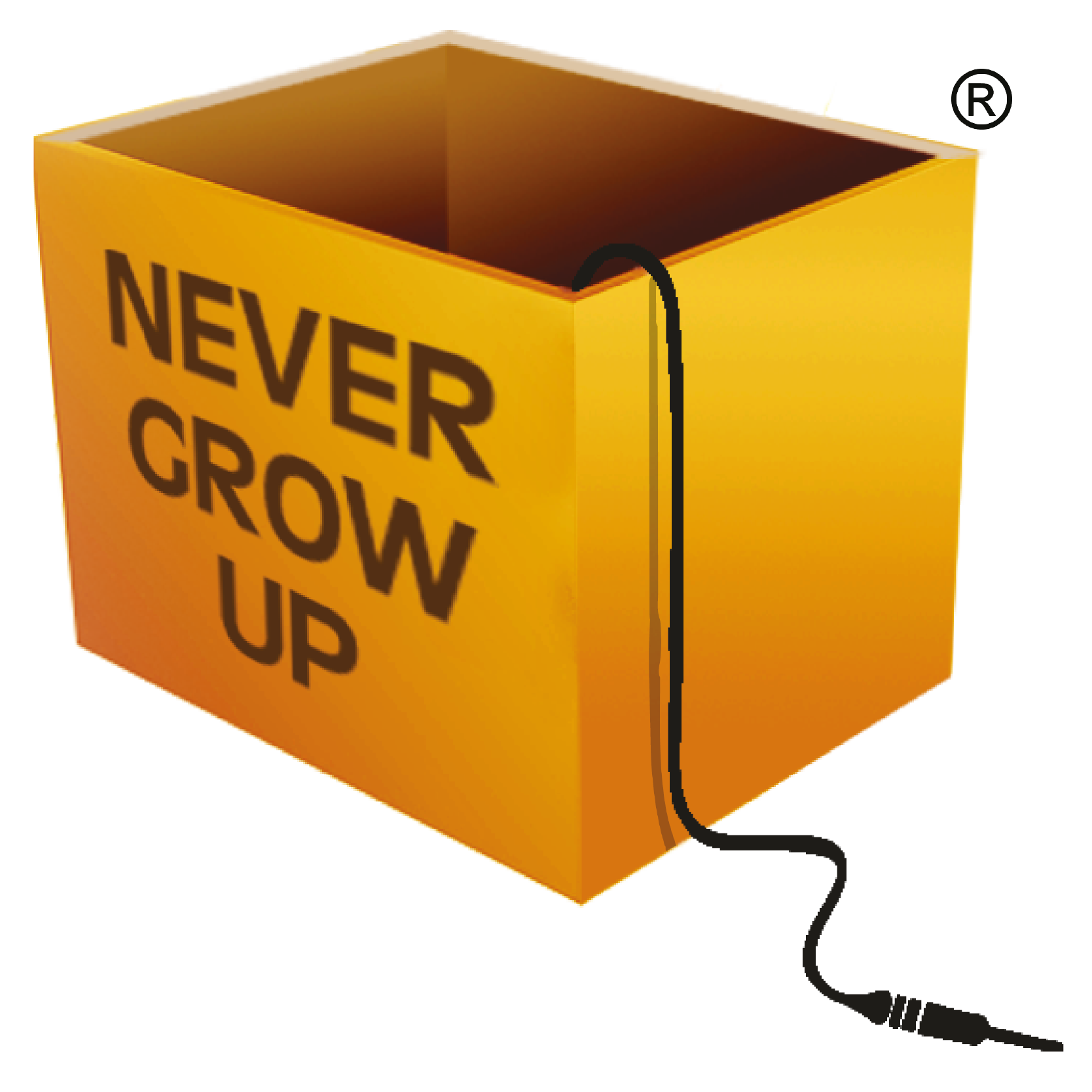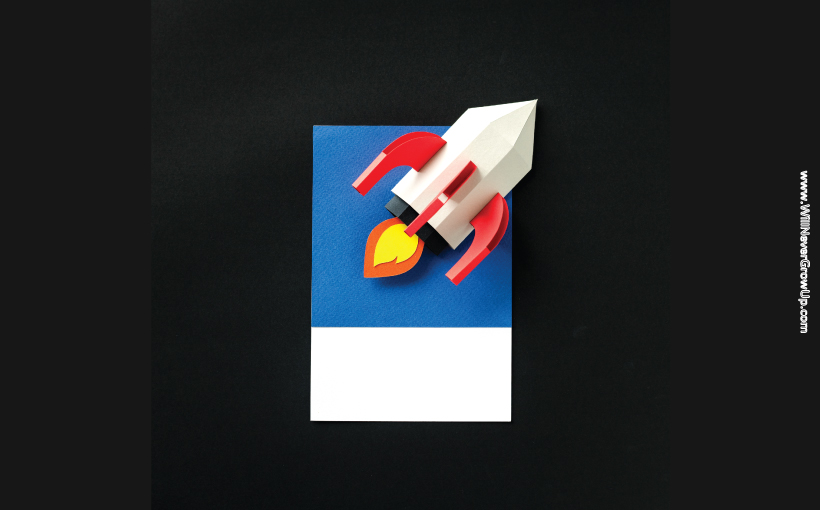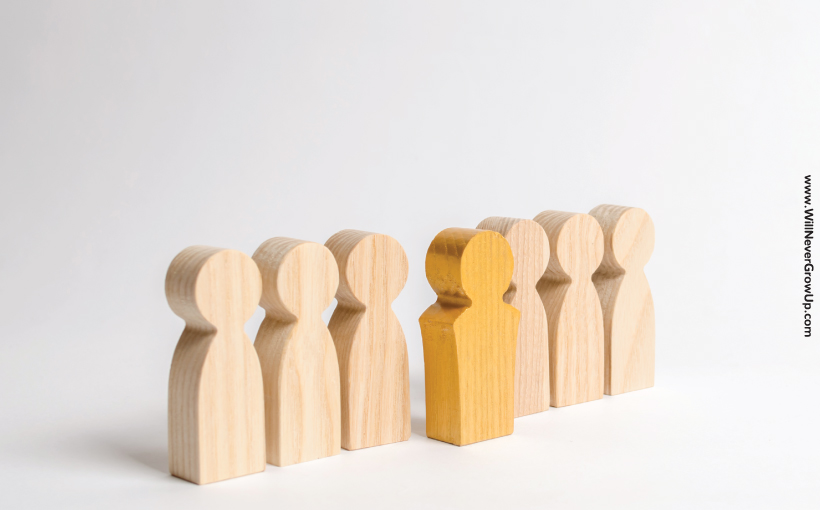While even a casual walk down the street, spent observing the people around, can serve as a decent demonstration of the diversity that surrounds us at all times, there is no setting more suited to truly understanding the meaning of ‘Workplace Diversity’.
The diverse workplace scenario serves as a veritable melting pot of ideas and perspectives where people are provided with the opportunity to discover something new, learning from each other’s strengths while finding out different ways to overcome their shortcomings. Sounds exciting, doesn’t it? This is the type of opportunity that a diverse workforce, comprising of different individuals from different backgrounds and experiences, offers to any organization looking for the key to increased efficiency and productivity.
But while workplace diversity works wonderfully as a hypothetical idea, the challenges of translating it into an everyday organizational reality are very real, and unfortunately, often overlooked.
The first (and indeed the hardest) of these challenges is that of confrontation. When the topic of diversity is broached, several employers feel uncomfortable discussing the subject at all, refusing to delve further into the specifics. Unfortunately, this is the negative connotation that the topic of ‘diversity’ has to often deal with, being perceived as a reproach or instruction when at its heart all it really wants to do is encourage inclusion. For the more perceptive and open-minded, however, once this hurdle is overcome, diversity is approached with a more objective outlook. This means delving into a thorough introspection of ourselves – identifying and acknowledging any personal unrecognized biases that one may not always have been aware of on a conscious level. Biases, that may be unnoticeable working as a hindrance to achieving true diversity and inclusion at the workplace setting. This jeopardizes the happiness at work and the work culture in general. Acceptance is the first step towards resolution.
Another point of note here is that of perspective. Where we come from, the people we grow up with, the exposure and experiences of our lives all contribute in their own little ways to formulate a perspective of the world that serves as our everyday decisions and actions. While one way of looking at this could be to lament about the fact that we are not always able to realise our biases and stereotypes, I prefer to see it in a more positive light. The fact that no two people look at life through the same perspective only works to drive the point home about how much we need each other and the sheer degree to which an organization needs diversity.
It is the presence and inclusion of the variety of people who belong to the different background or perhaps, expertise in a team that would best be able to contribute towards what they know best – themselves. It is this blend of personalities and perspectives that gives an organization the best possible collection of opinions that would help in smoother decision-making, increased efficiency and productivity levels like never seen before.
So that leads us to our most important question: what can we do to ensure workplace diversity and inclusion at our organizations?
As I mentioned earlier, we can start by first taking the initiative to acknowledge our own prejudices. Yes, prejudices. As ominous they may sound and as harmful as prejudices might be, they are also the most common and natural phenomenon occurring in the human brains. Psychology explains it as the mind’s most efficient way of interpreting information – by placing it into pre-set, pre-defined groups; in the case of people, of course, prejudices work as harmful stereotypes. But this of course, can be overcome by taking a step back and objectively rethinking the generalizations, judgments and assumptions that govern our everyday workplace dealings.
Having said that however, I must also make a point about how not to try to rid oneself of prejudices, and that is by ignoring the individual differences. It is not unusual for us to avoid biases by trying to view everything through a single lens. Alas, this only robs diversity of its true beauty – the celebration of differences and the manner in which these jagged pieces fit together like a puzzle. Another method of achieving diversity at work is by holding diversity and inclusion programs and employee engagement activities. Happiness at work can also be targeted through such activities.
So, don’t let workplace diversity either spook you or overwhelm you. Make a conscious start, set the process in motion and I promise that you will witness the rest falling in place. After all, diversity is the best factor to drive diversity!
This article first appeared on the World HR Diary website. If you want to learn more about enhancing Workplace Diversity in your organization, click here.





